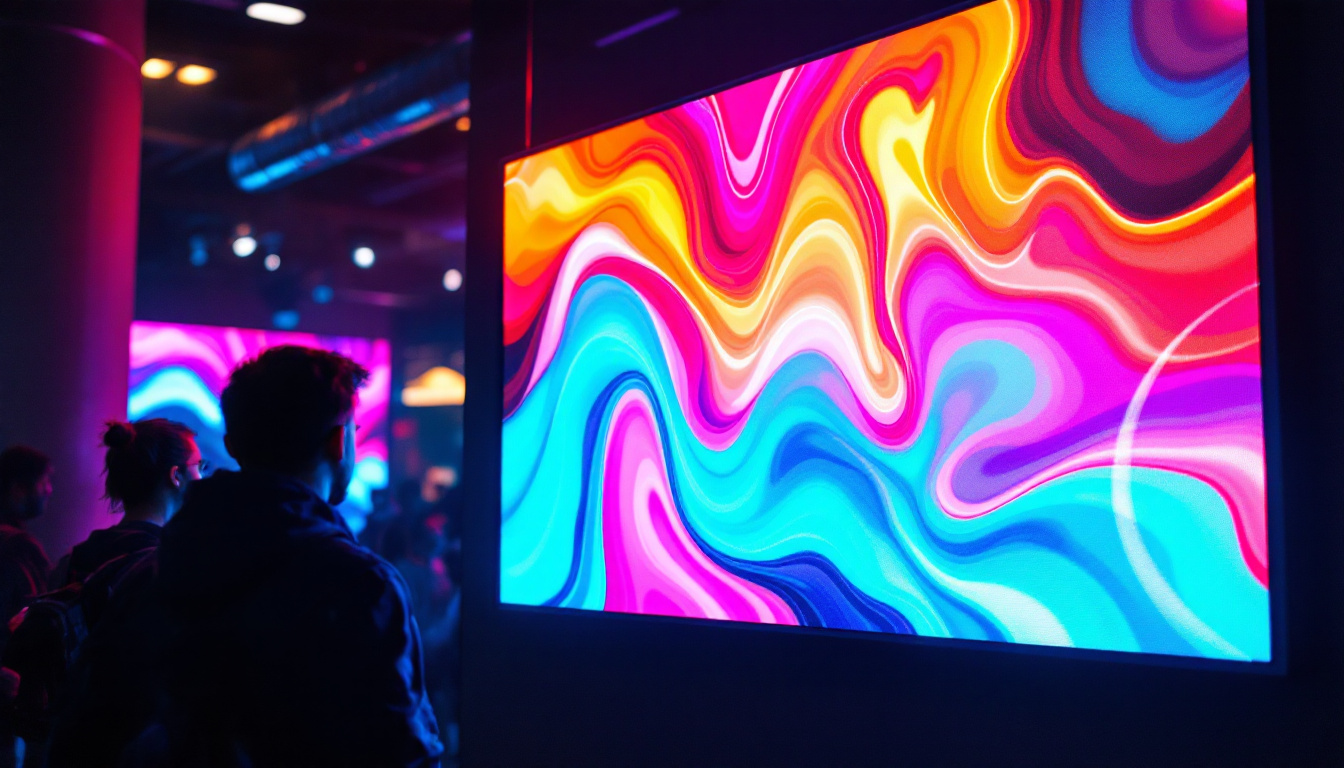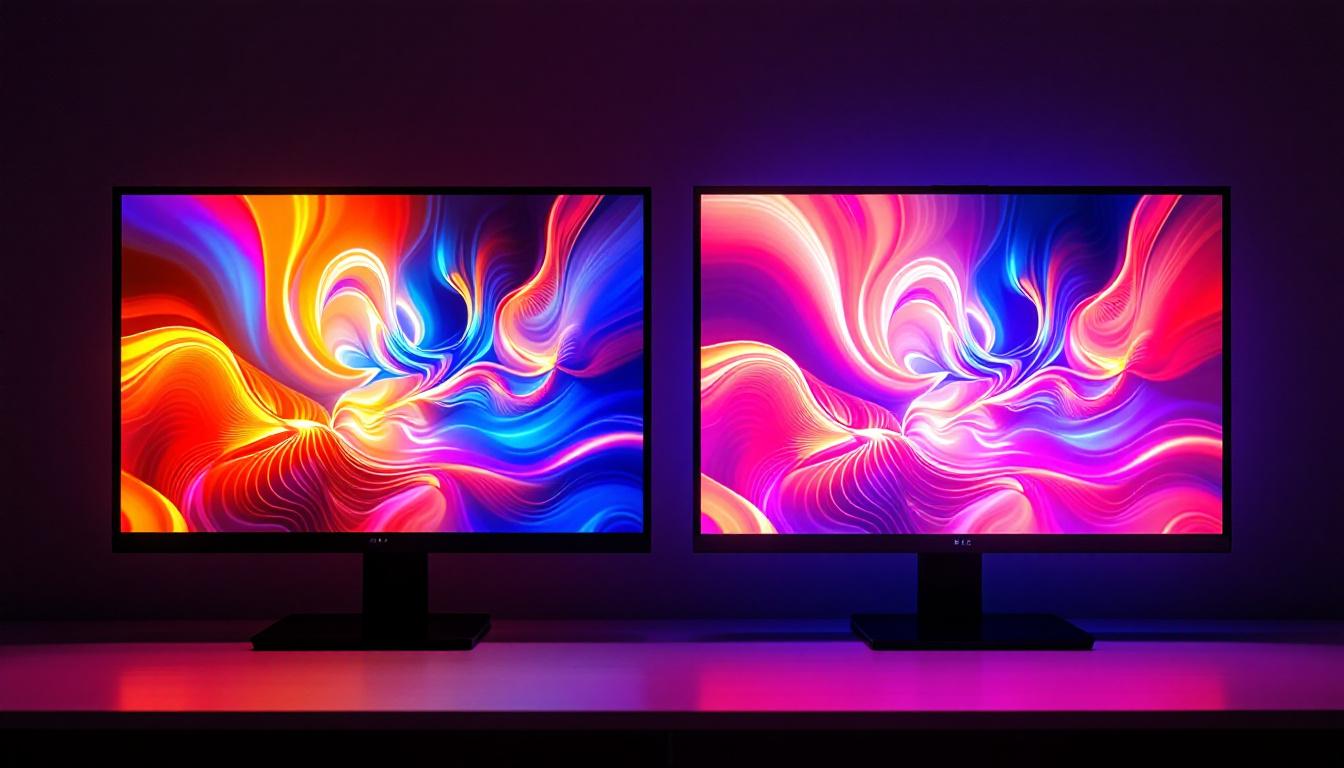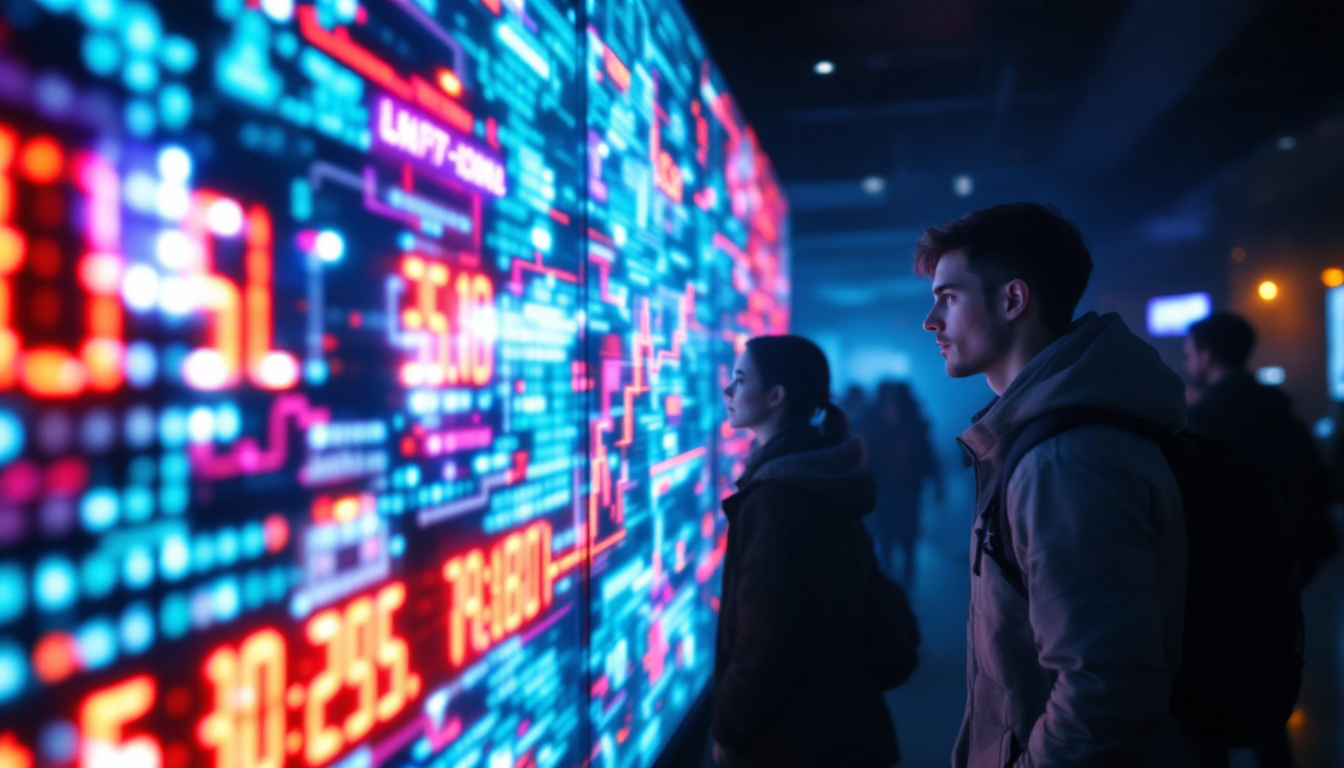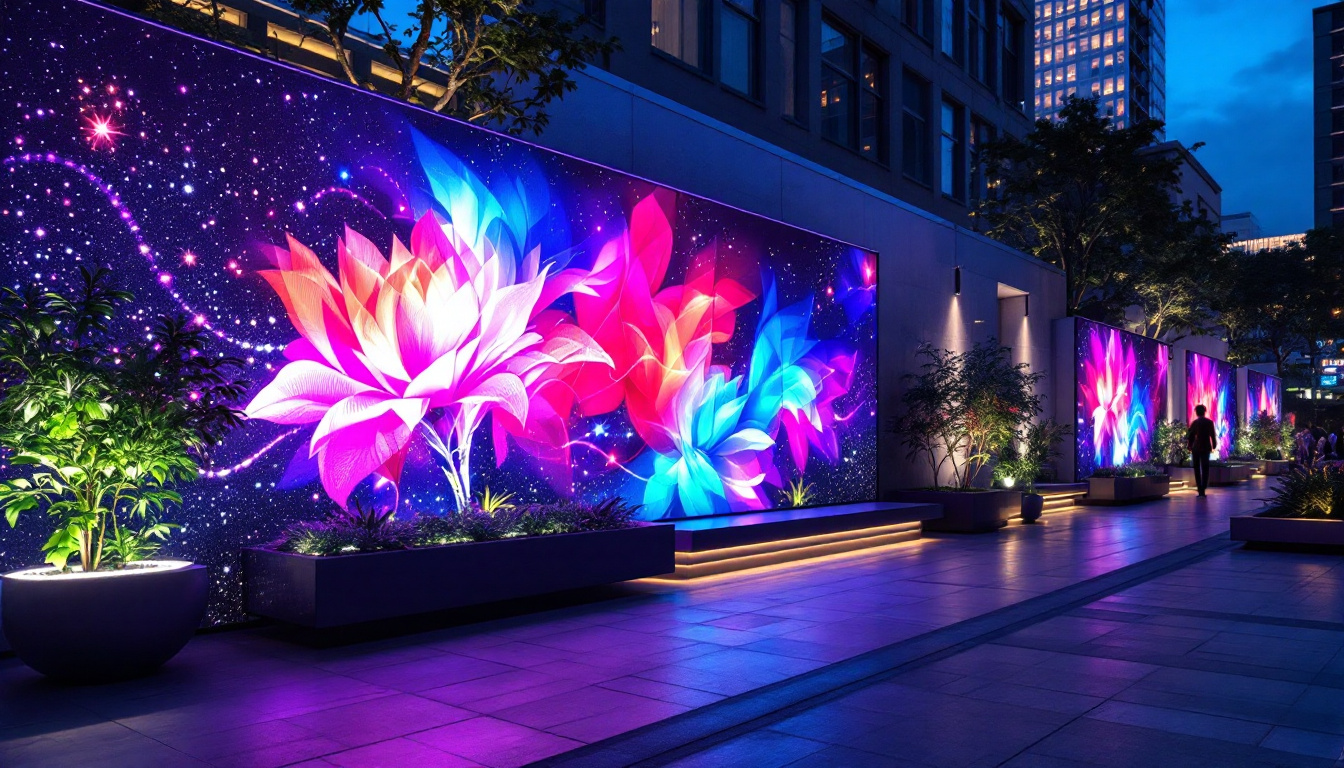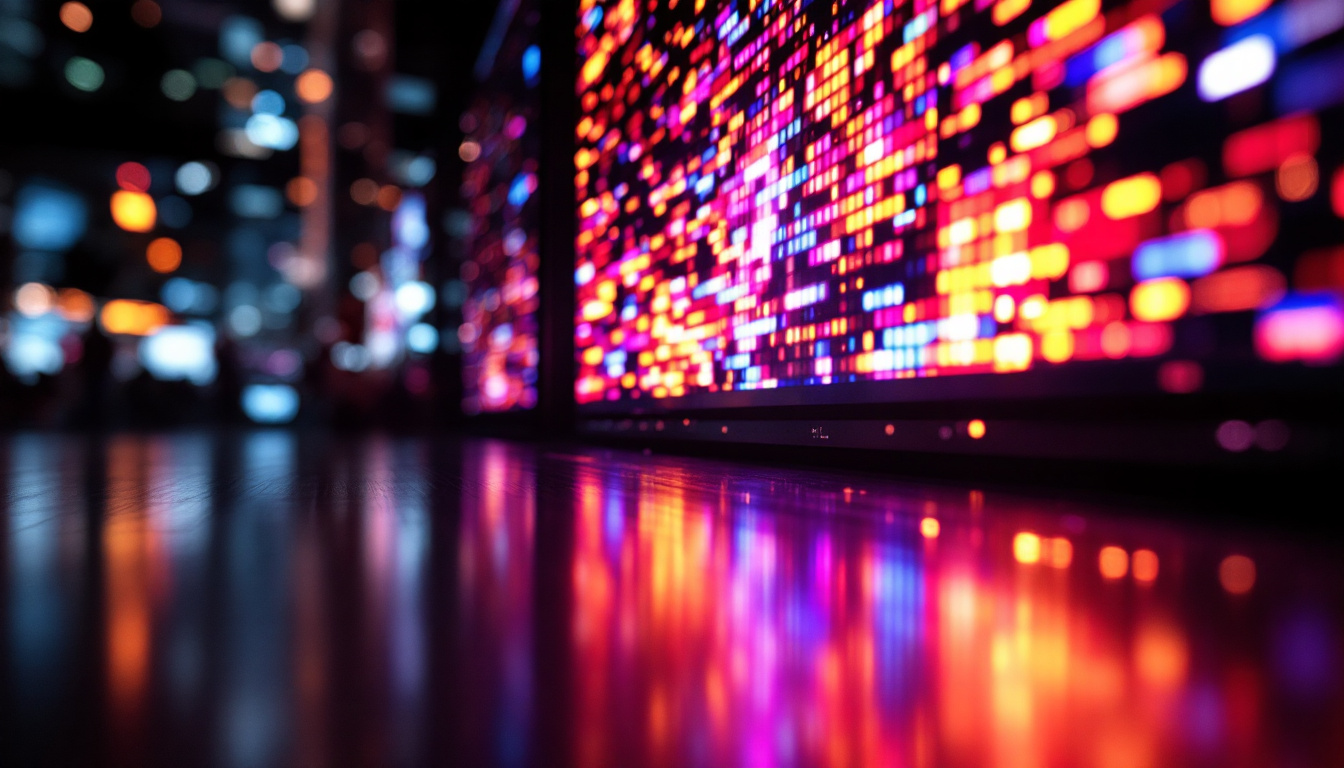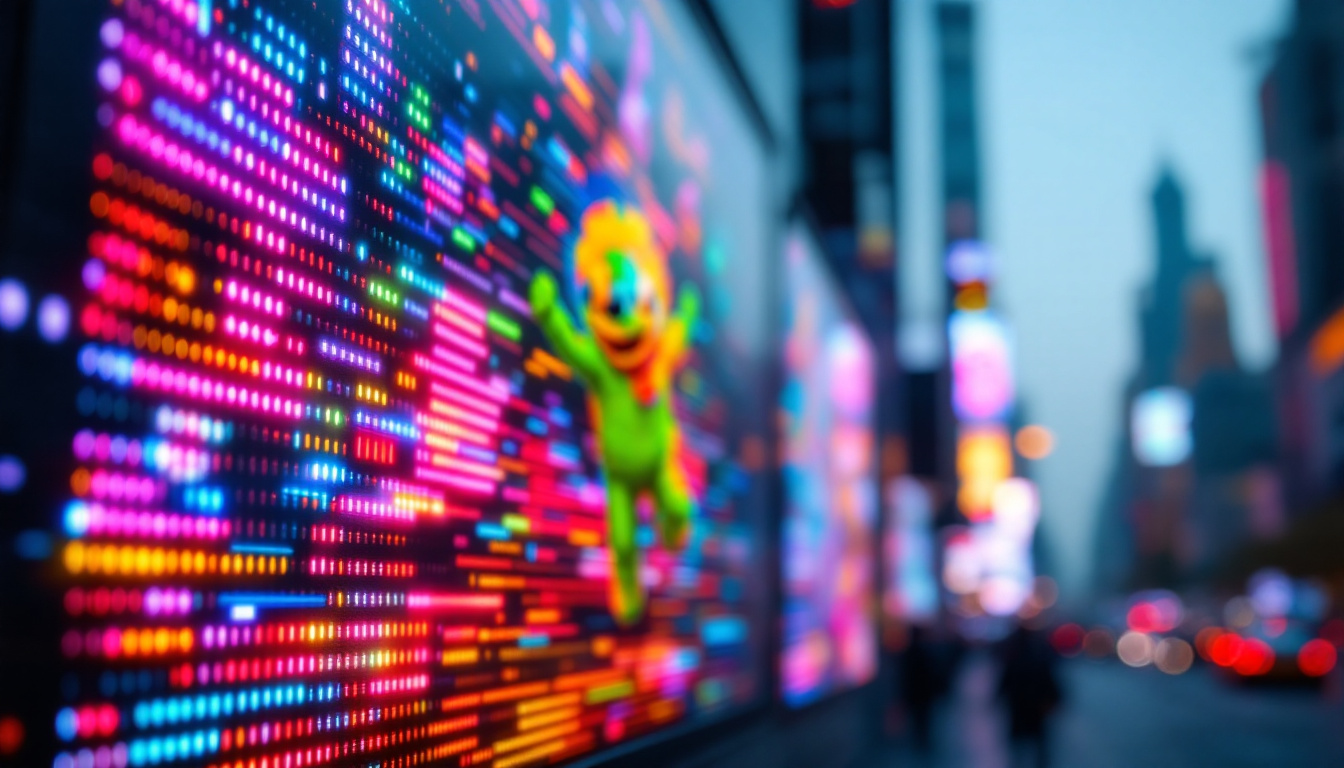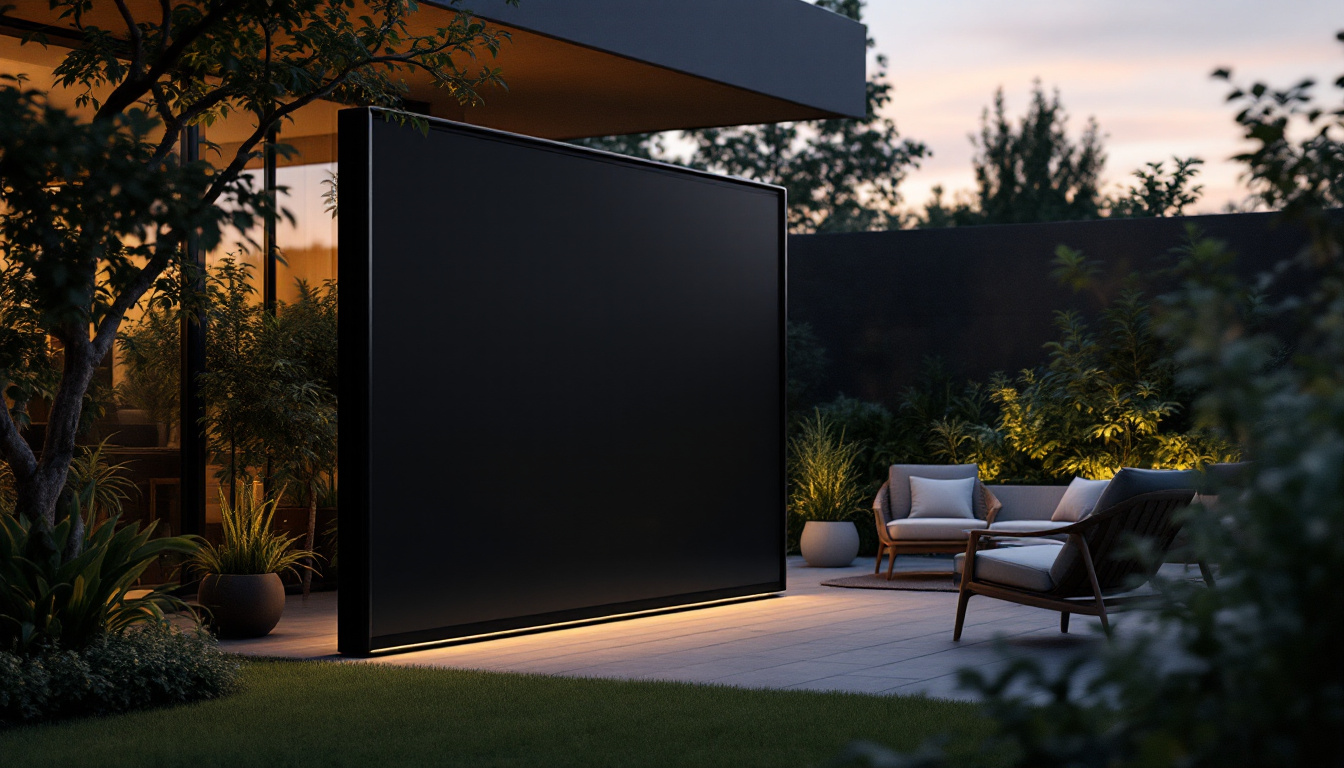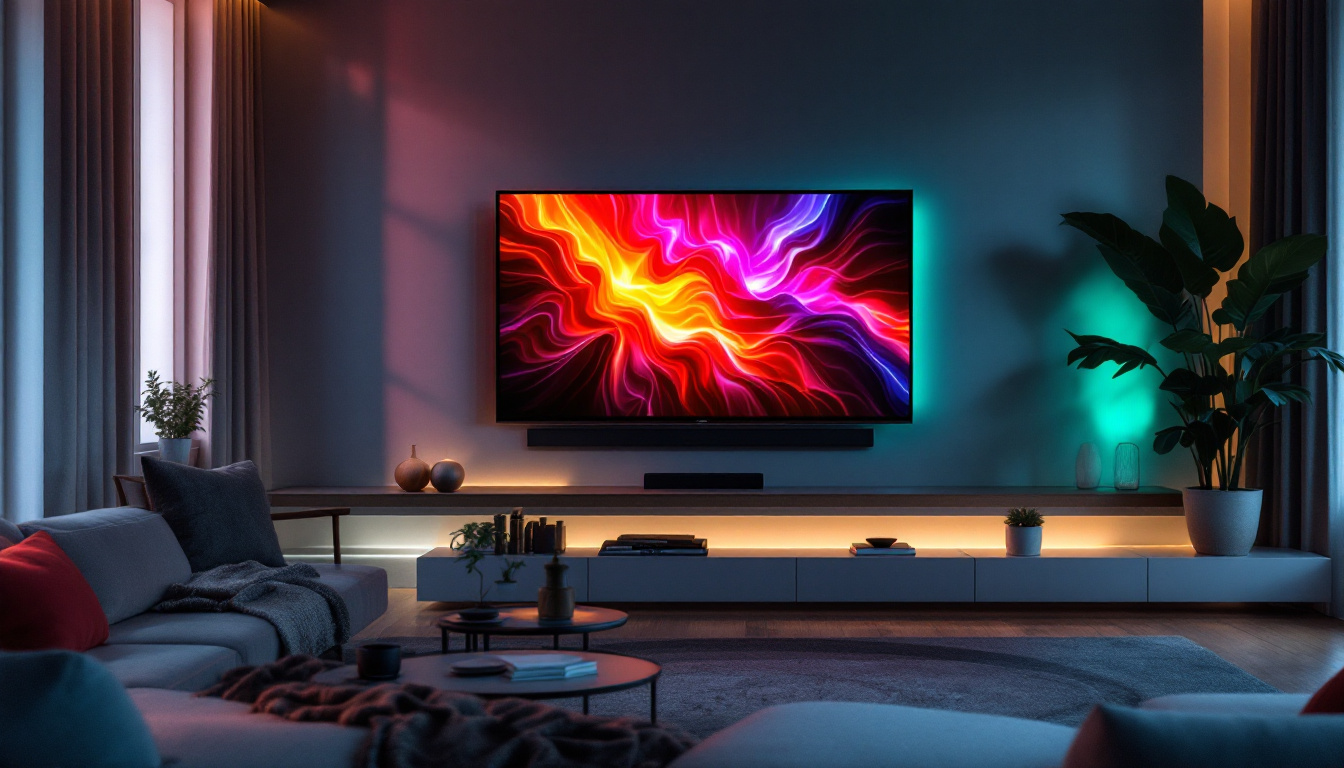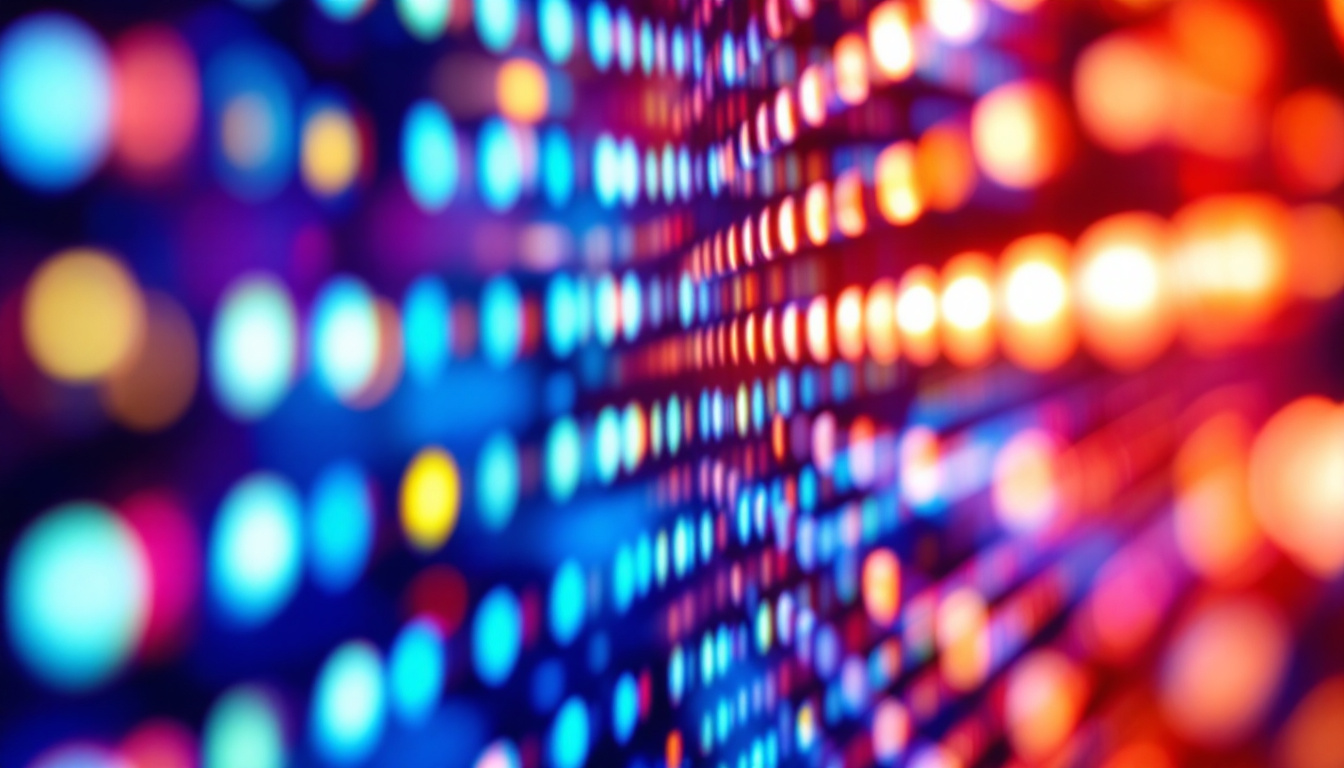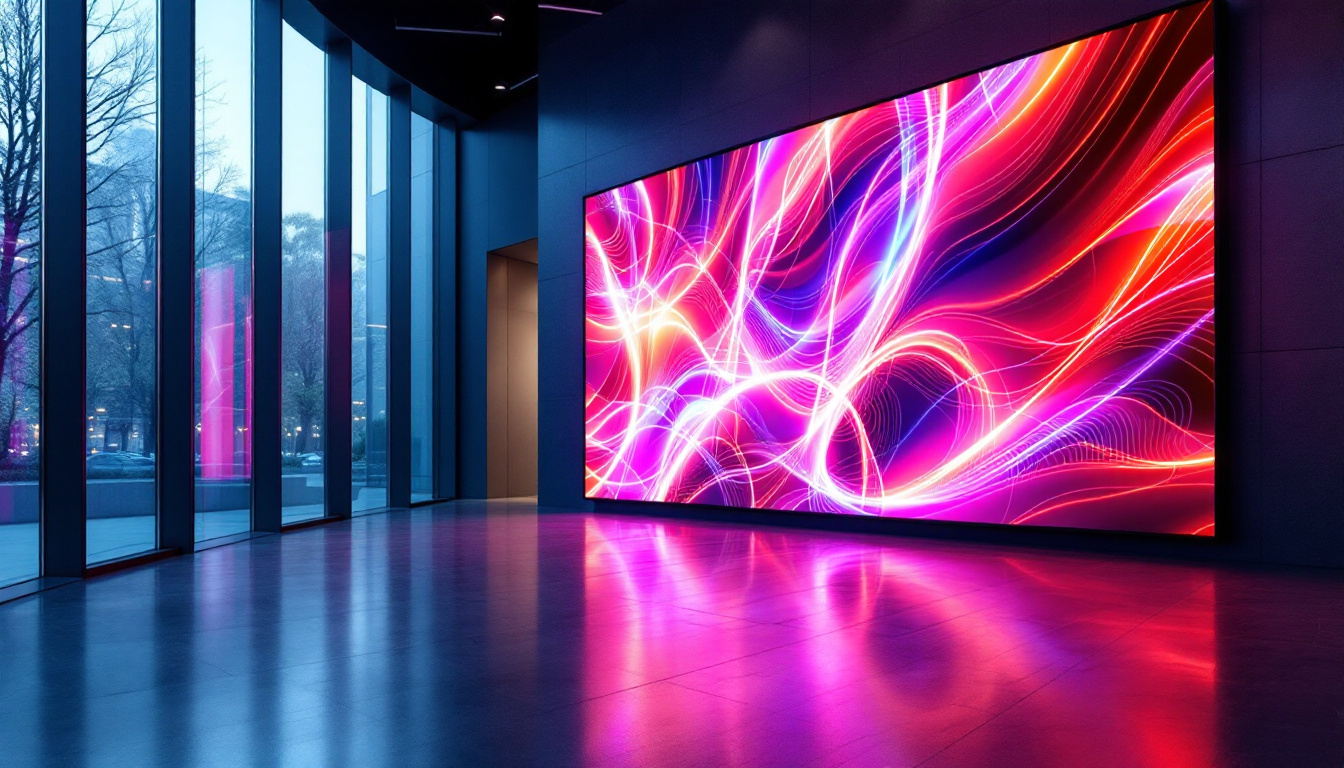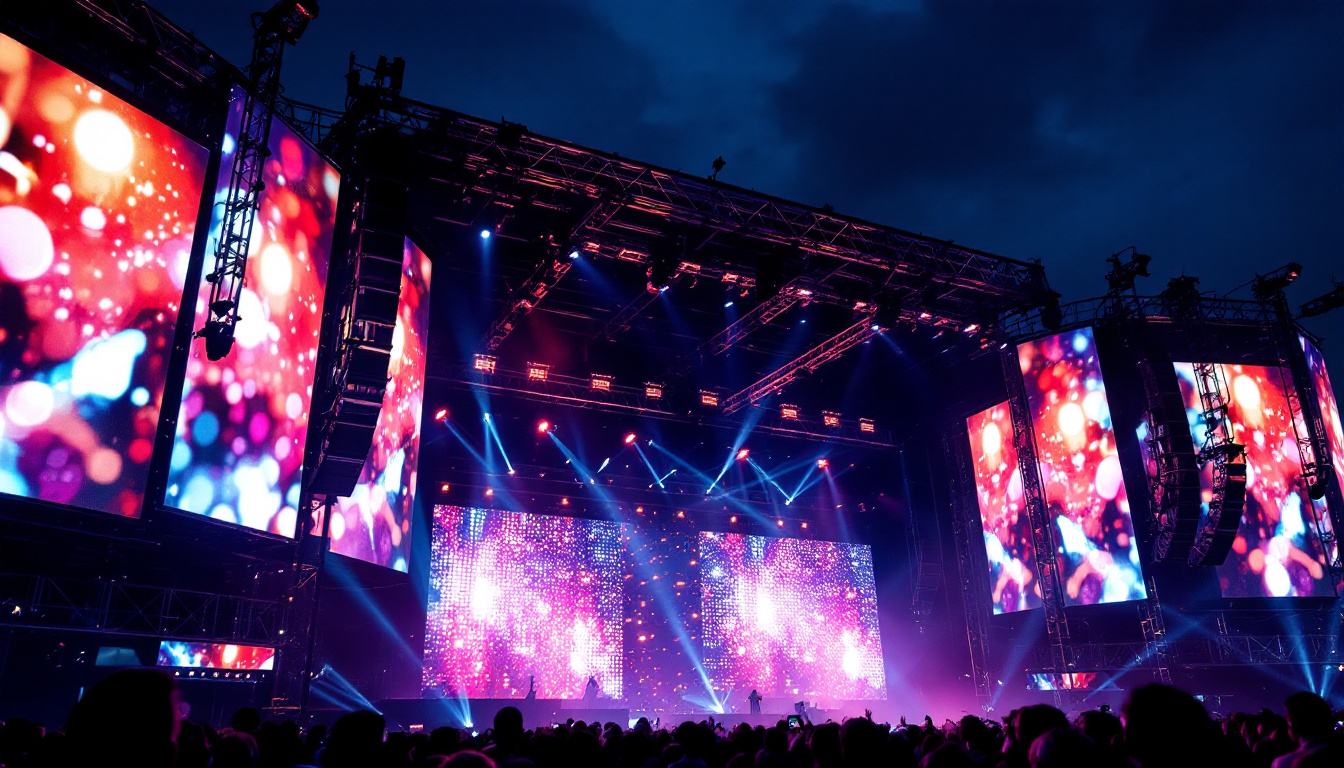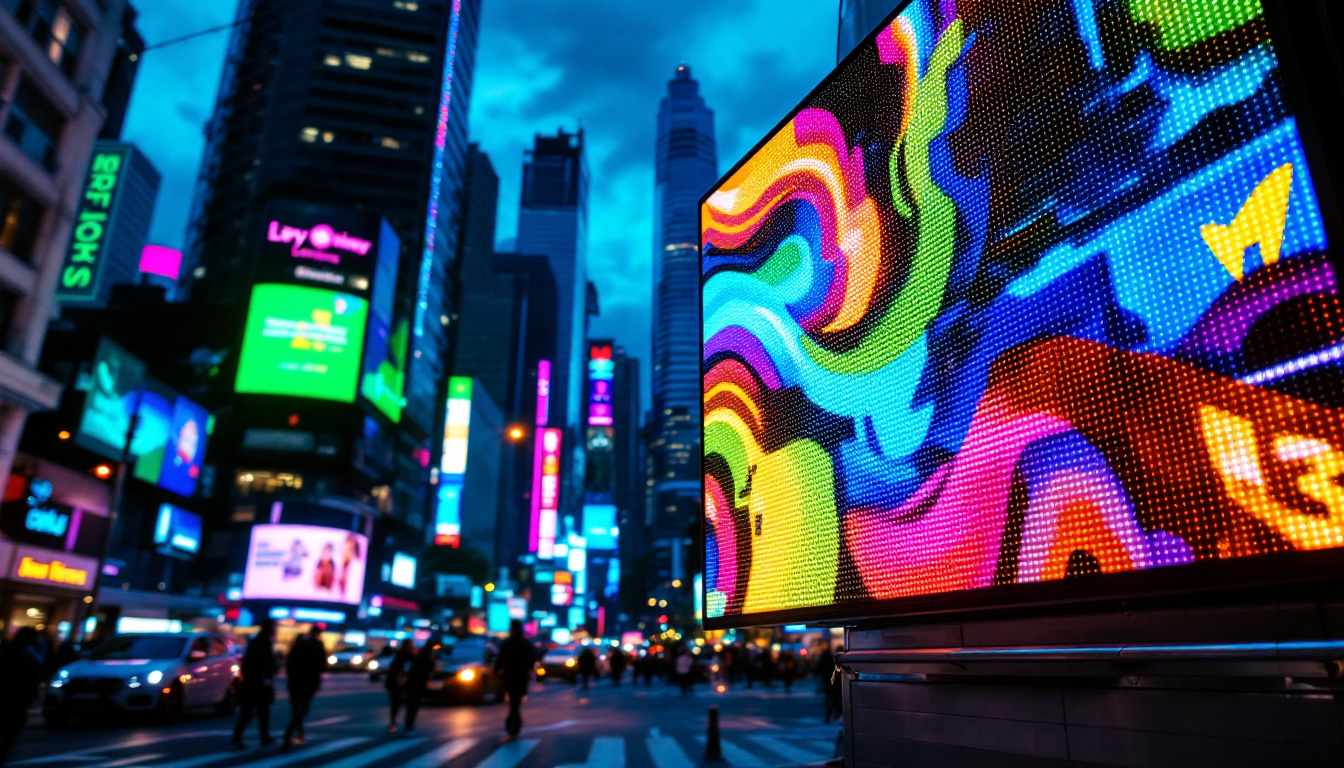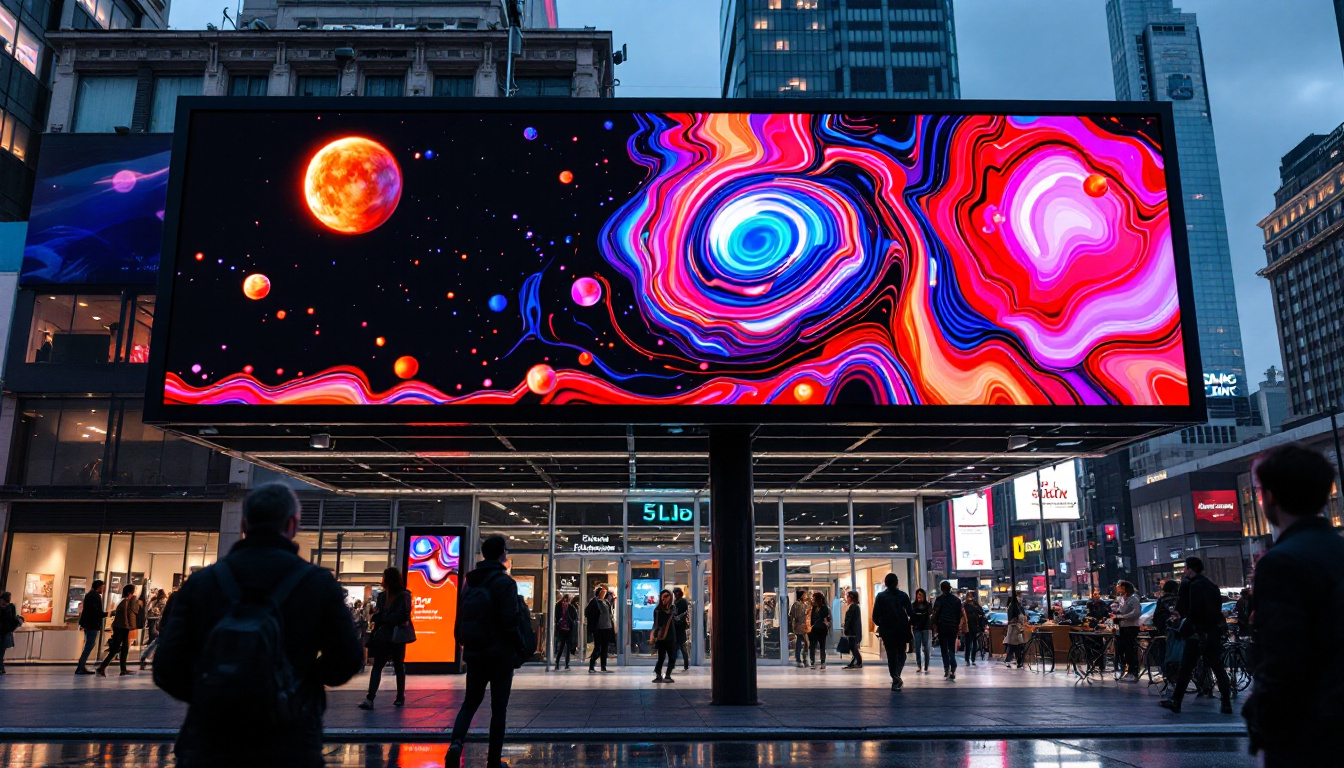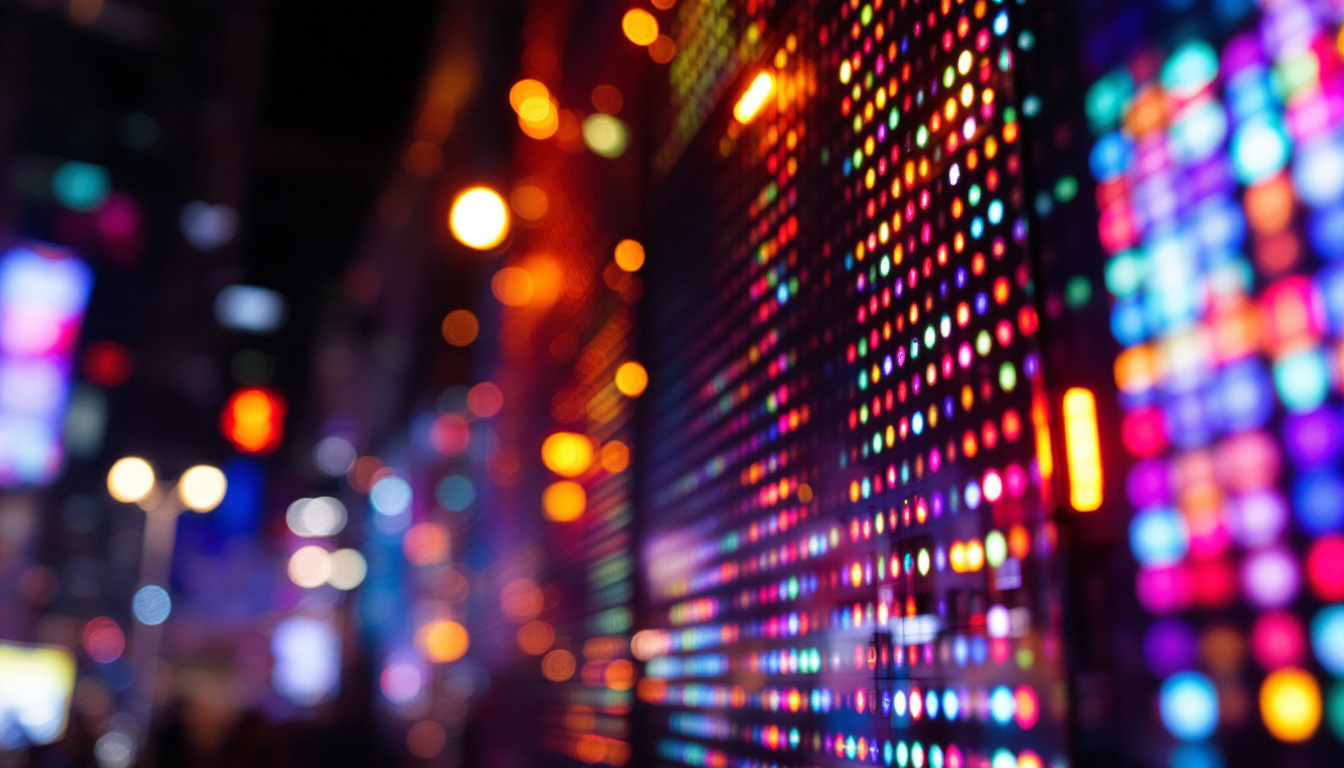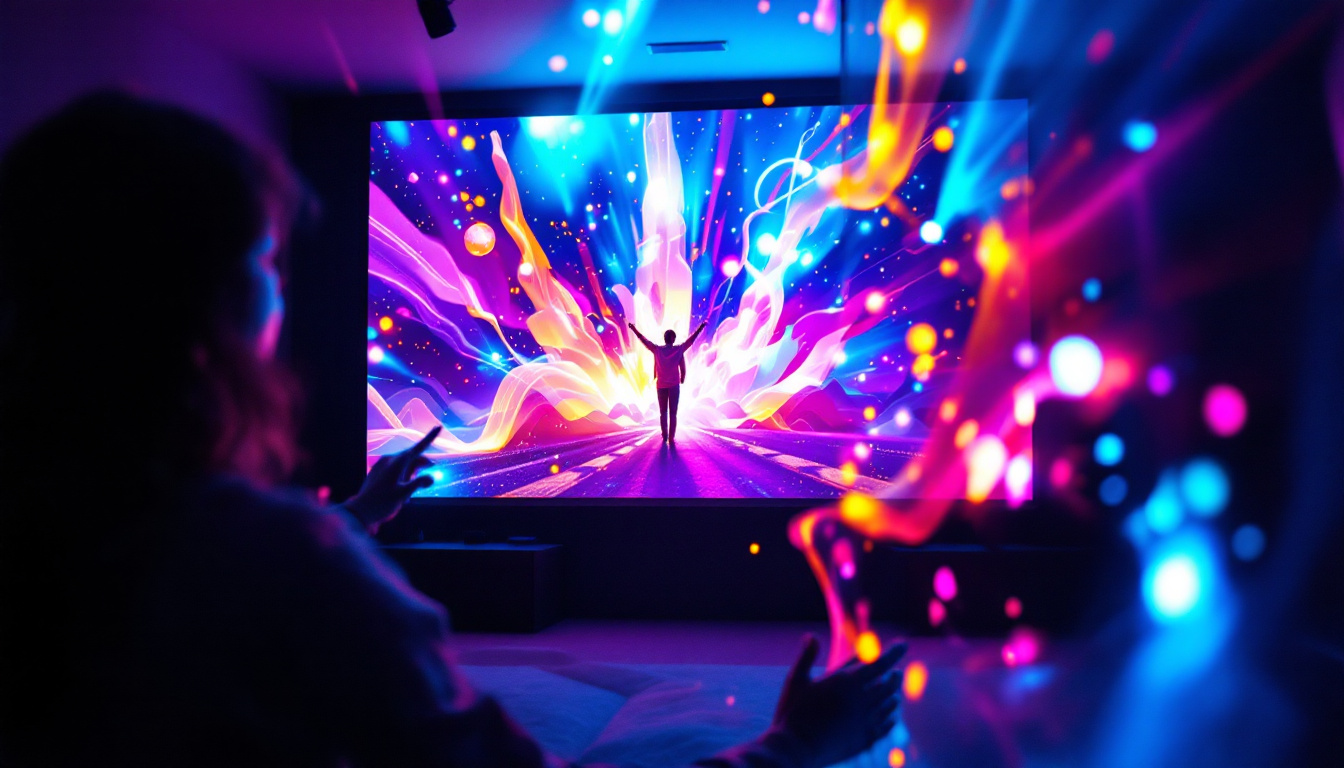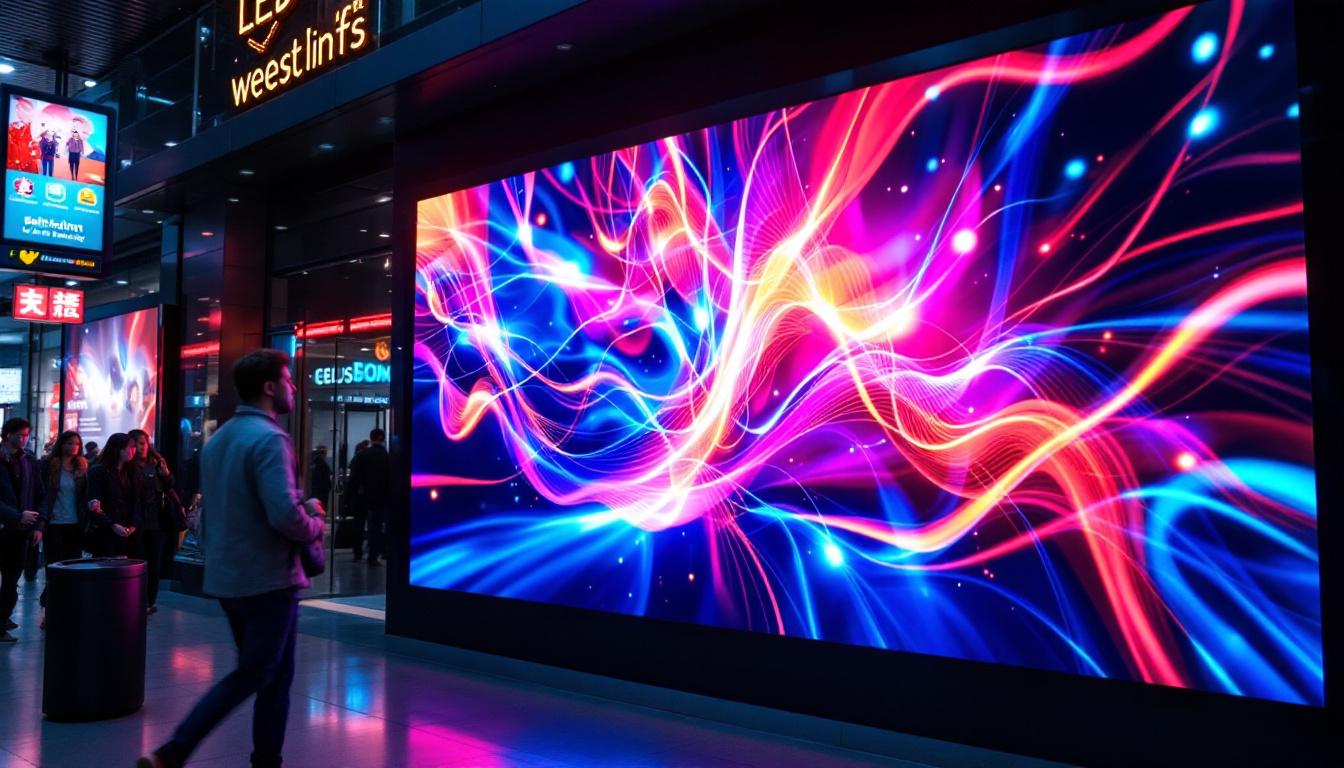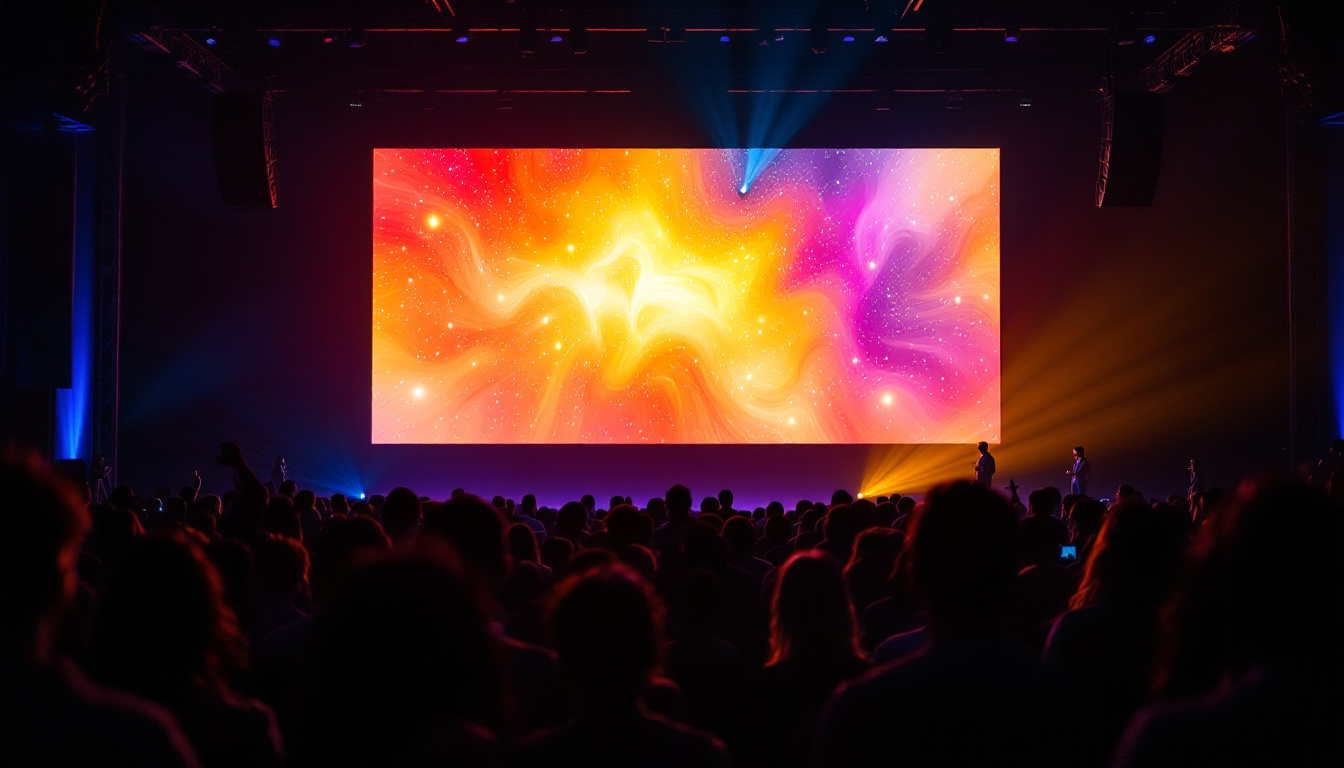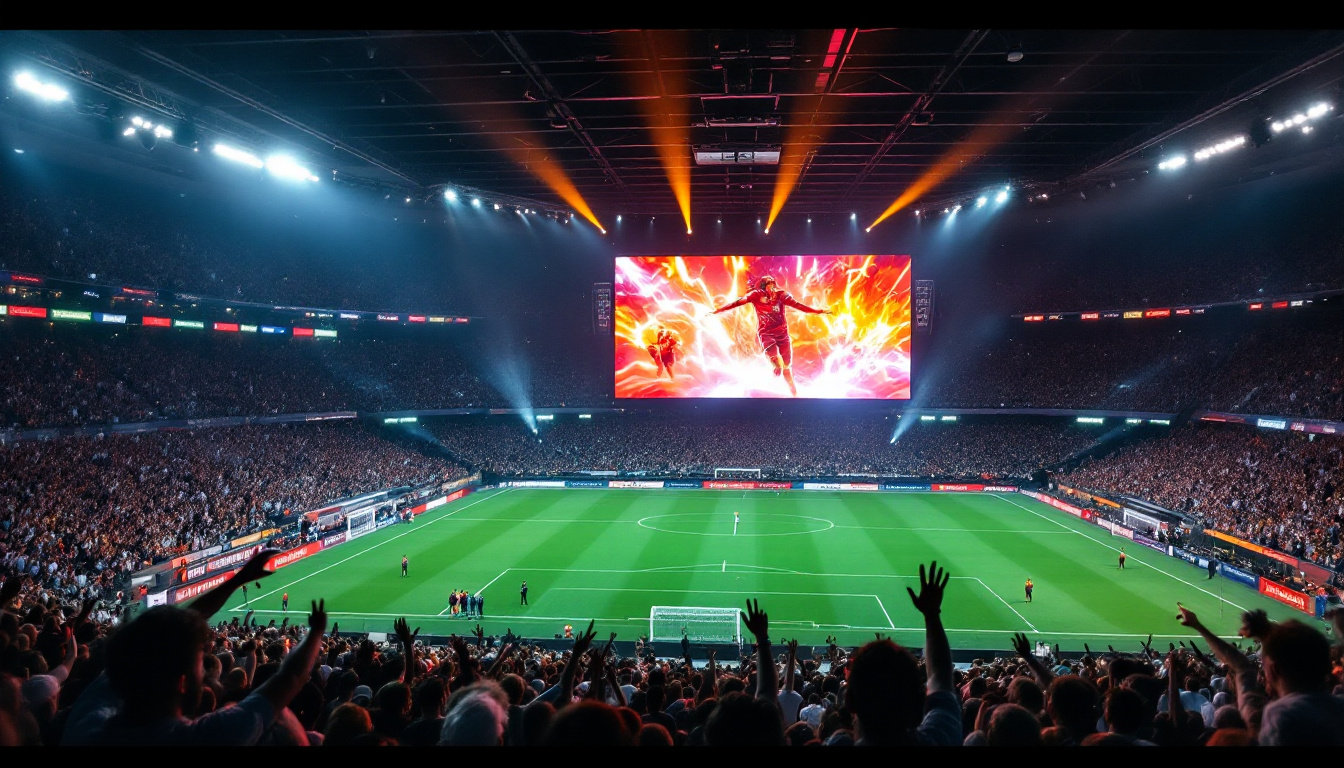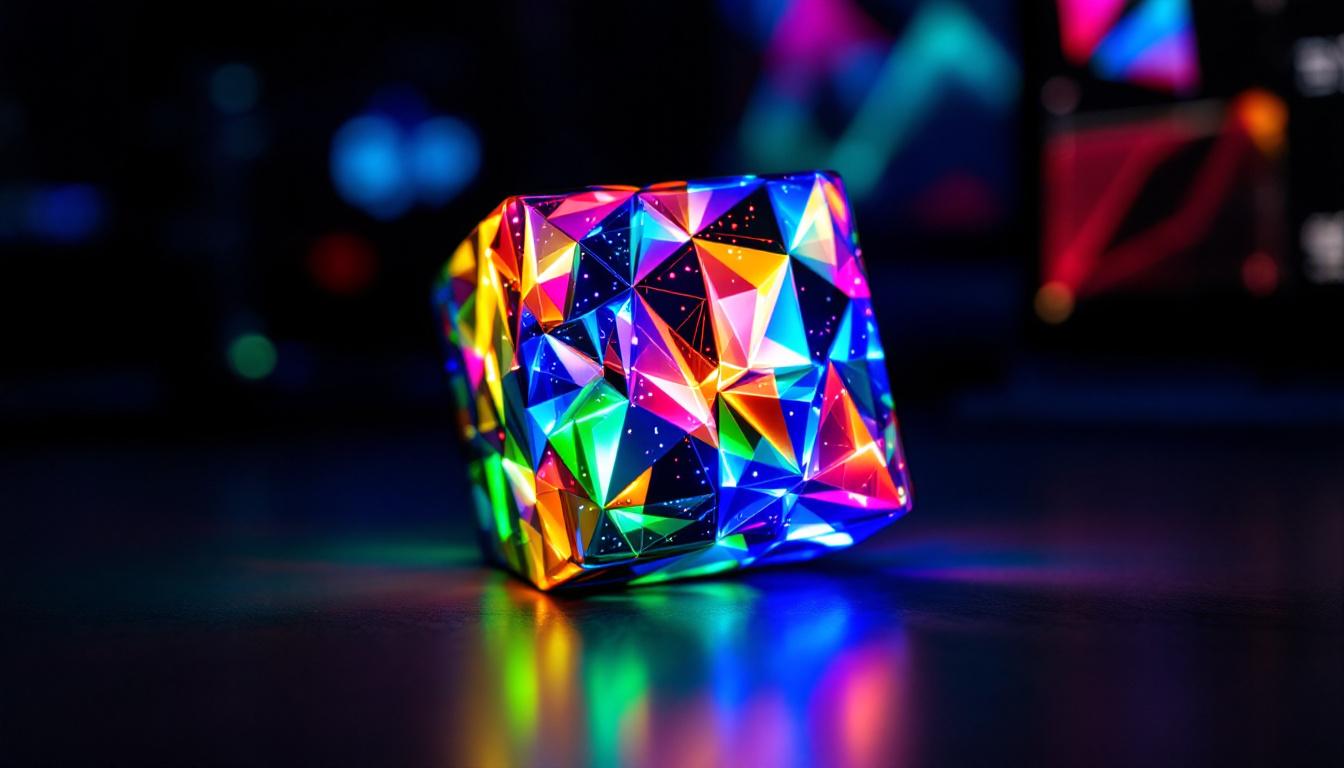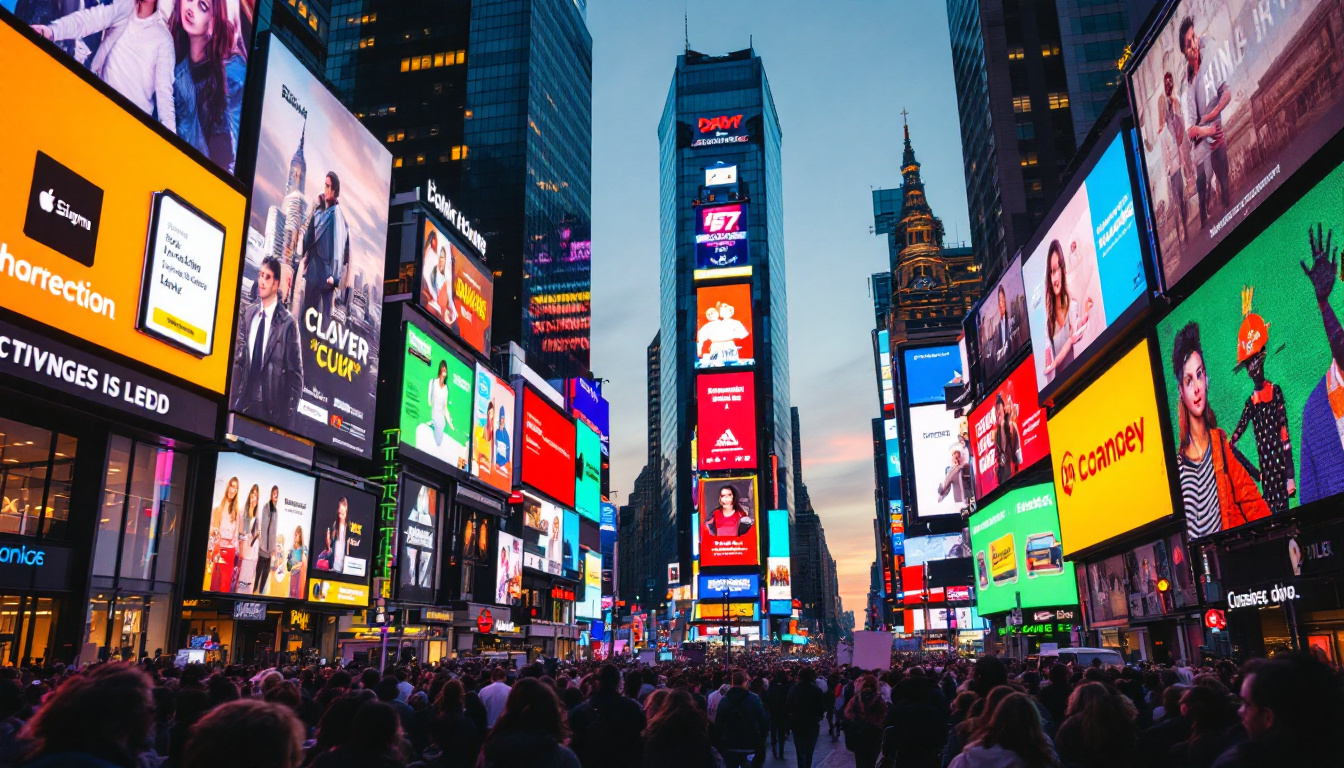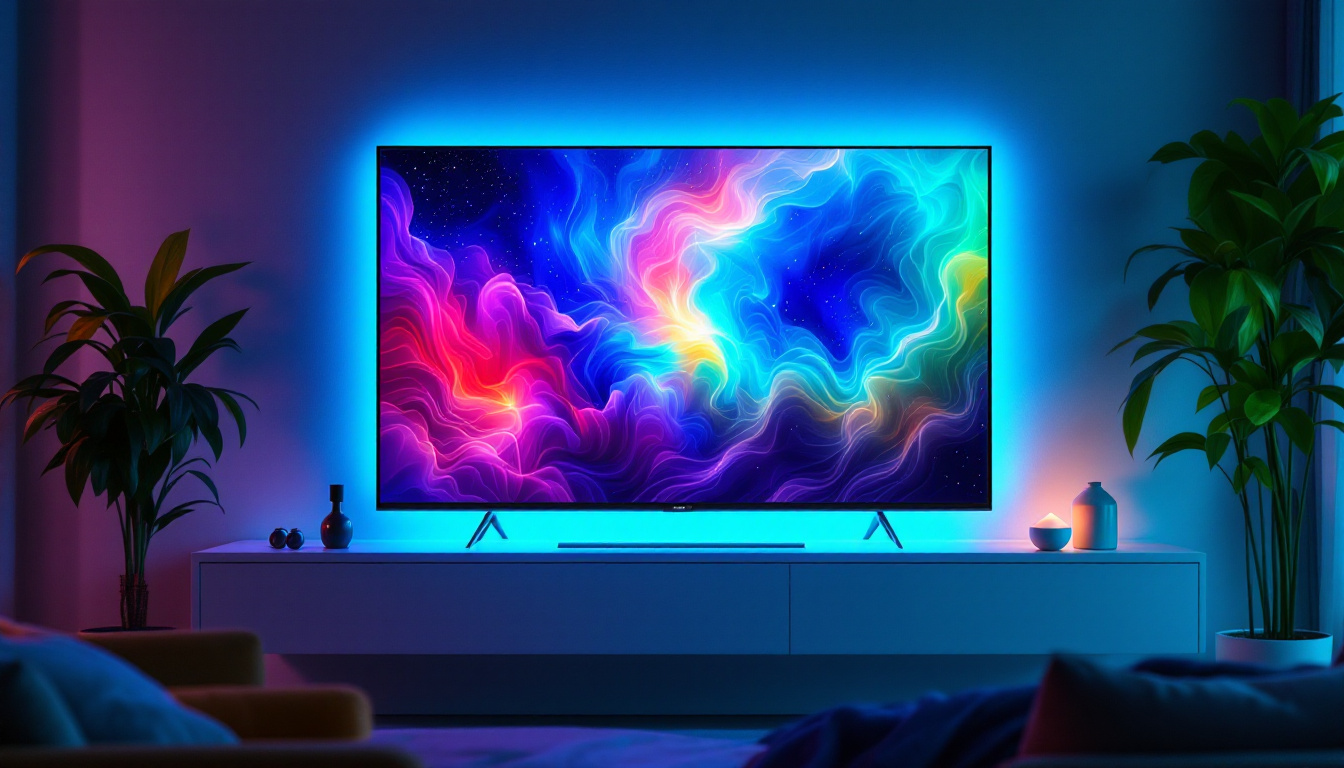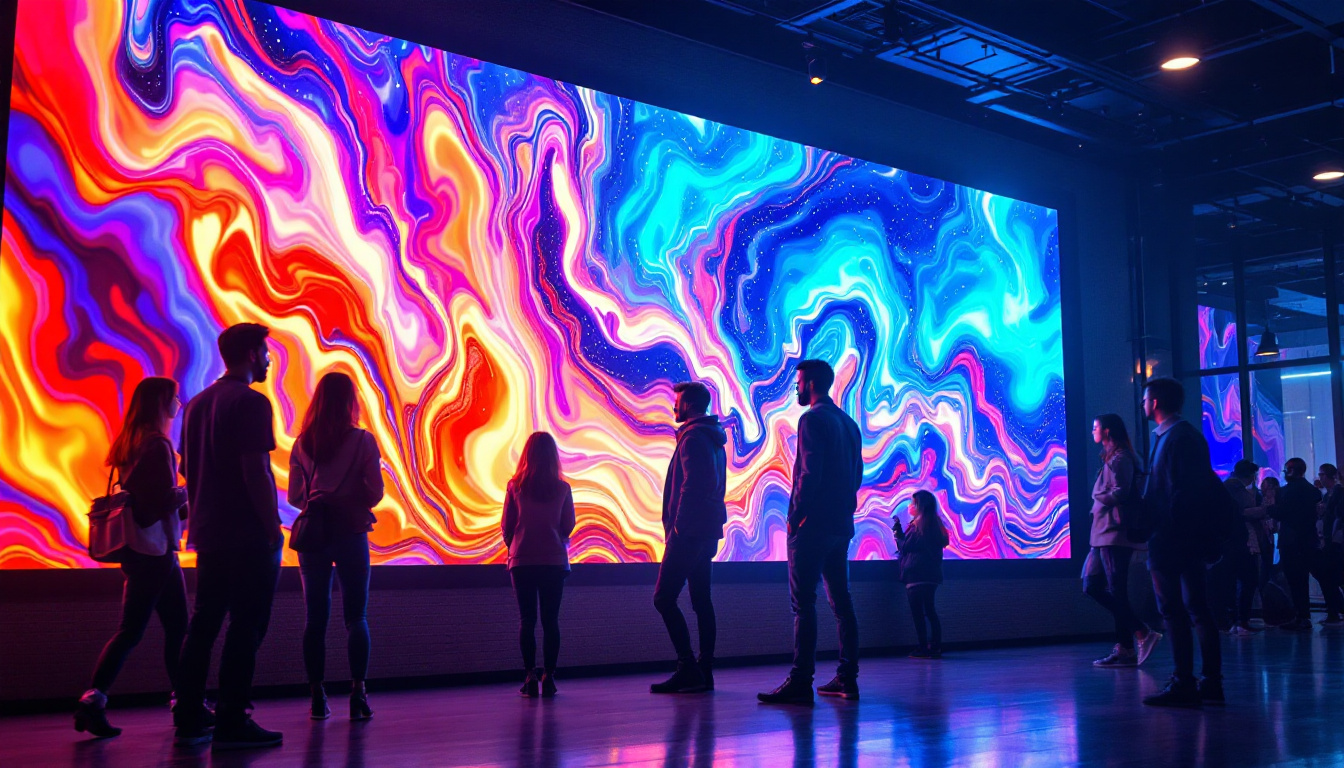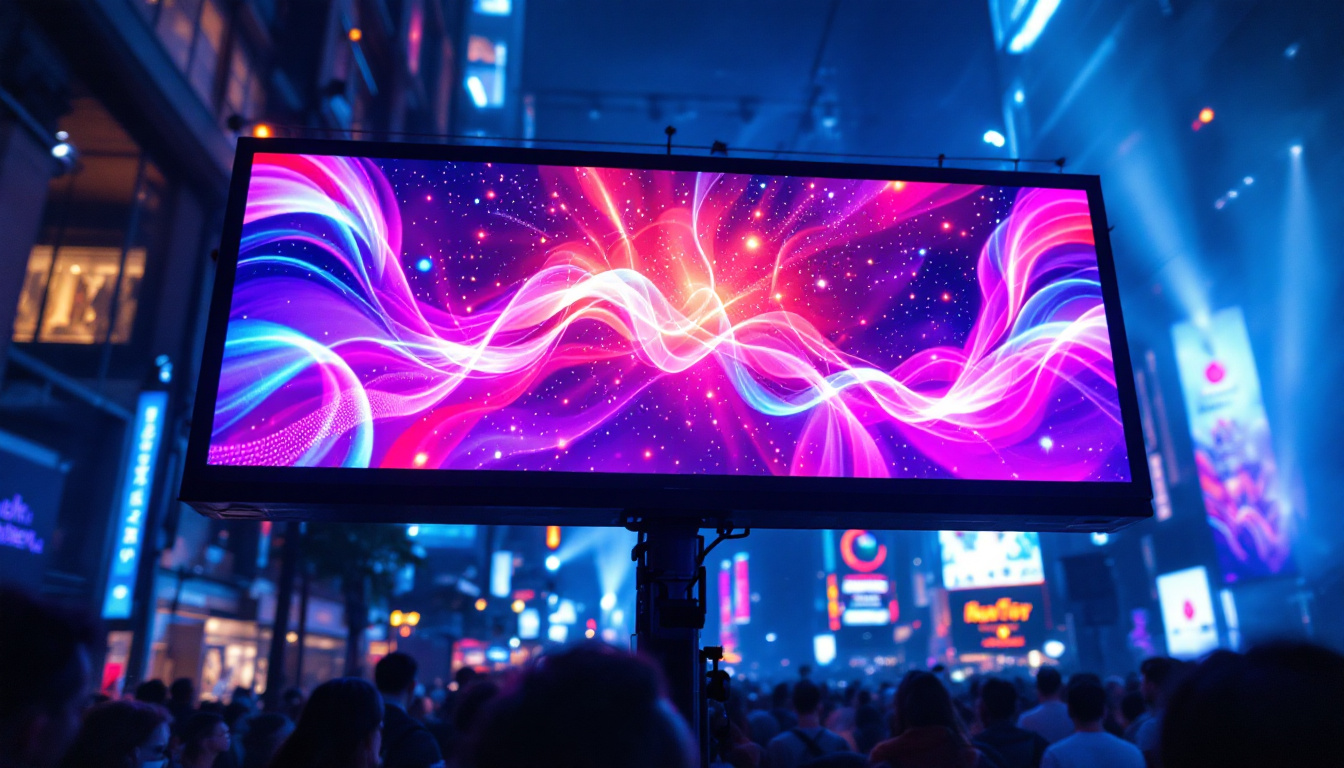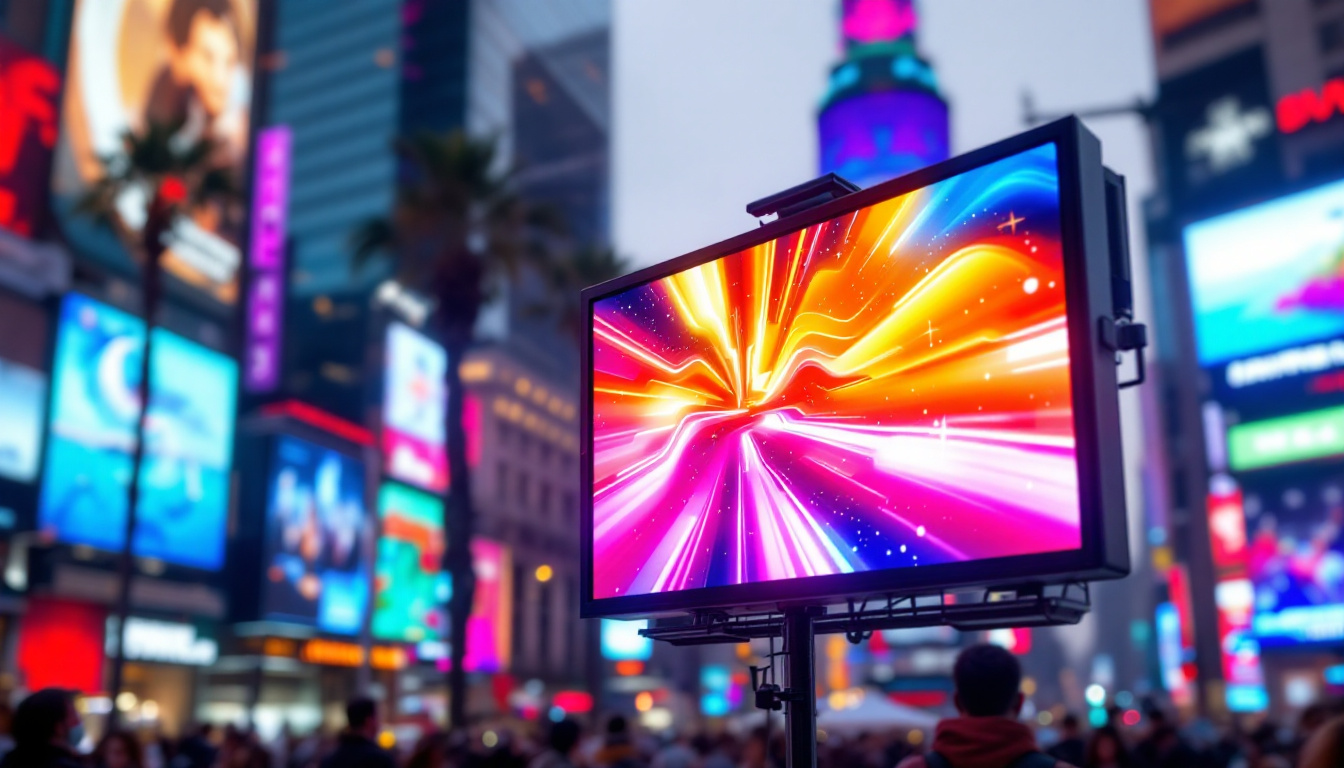In the modern age of technology, communication methods have evolved significantly. One of the most effective ways to convey information in real-time is through wall display boards, particularly those utilizing LED (Light Emitting Diode) technology. These displays have become increasingly popular in various settings, from corporate environments to educational institutions and public spaces. This article delves into the intricacies of LED display boards, exploring their functionality, advantages, and applications.
Understanding LED Technology
LED technology has revolutionized the way visual information is presented. Unlike traditional display methods, LEDs offer superior brightness, energy efficiency, and longevity. This section will explore the fundamentals of LED technology and how it applies to display boards.
What is LED Technology?
LED stands for Light Emitting Diode, a semiconductor device that emits light when an electric current passes through it. The light produced can be of various colors, depending on the materials used in the semiconductor. LEDs are known for their durability and energy efficiency, making them an ideal choice for display applications.
The compact size of LEDs allows for versatile designs, enabling manufacturers to create displays of various shapes and sizes. Additionally, advancements in LED technology have led to improved brightness and color accuracy, enhancing the overall viewing experience. For instance, the introduction of RGB (Red, Green, Blue) LEDs has enabled the production of vibrant full-color displays, which are now commonplace in advertising and entertainment venues. This versatility has made LEDs a popular choice not just for screens, but also for decorative lighting and architectural features.
How LED Displays Work
LED displays consist of numerous individual LED units arranged in a grid format. Each unit can be controlled independently, allowing for the creation of dynamic images and videos. The display operates by controlling the intensity of each LED, which can be adjusted to produce a wide range of colors and brightness levels.
The driving mechanism behind LED displays typically involves a combination of hardware and software. The hardware includes the LED panels, control systems, and power supplies, while the software manages the content displayed on the screen. This integration allows for real-time updates, making LED displays particularly effective for conveying timely information. Moreover, many modern LED displays incorporate advanced technologies such as pixel mapping and video processing, which enhance the clarity and fluidity of the visuals. This capability is especially beneficial in environments like sports arenas and concert venues, where rapid changes in content are essential for engaging audiences and delivering an immersive experience.
Advantages of LED Display Boards
The increasing adoption of LED display boards can be attributed to their numerous advantages over traditional display technologies. This section outlines the key benefits that make LED displays a preferred choice for many organizations.
Energy Efficiency
One of the standout features of LED technology is its energy efficiency. LED displays consume significantly less power compared to traditional LCD or plasma screens. This reduced energy consumption not only lowers operational costs but also contributes to a smaller carbon footprint, making LED displays an environmentally friendly option.
Brightness and Visibility
LED displays are renowned for their exceptional brightness, which makes them easily viewable in various lighting conditions. Whether in a brightly lit room or outdoors under direct sunlight, LED displays maintain clarity and visibility. This characteristic is particularly beneficial for businesses aiming to attract attention in competitive environments.
Longevity and Durability
LEDs have a long lifespan, often exceeding 50,000 hours of operation. This longevity translates to lower maintenance costs and reduced frequency of replacements. Additionally, LED displays are more resilient to shocks and vibrations, making them suitable for high-traffic areas and outdoor installations.
Applications of LED Display Boards
LED display boards have found applications across various sectors, including retail, education, transportation, and entertainment. Their versatility allows them to serve multiple purposes, enhancing communication and engagement in diverse environments.
Retail and Advertising
In the retail sector, LED display boards are used for advertising and promotions. Their vibrant colors and dynamic content can capture customer attention, driving foot traffic and sales. Retailers often use these displays to showcase products, announce special offers, or communicate brand messages in real-time.
Moreover, the ability to change content quickly allows retailers to adapt their marketing strategies based on current trends or events, providing a competitive edge in the fast-paced retail environment.
Education and Informational Displays
Educational institutions are increasingly adopting LED display boards for various purposes. From displaying class schedules to showcasing student achievements, these displays enhance communication within schools and universities. They can also be used for emergency notifications, ensuring that important information reaches students and staff promptly.
Furthermore, LED displays can serve as interactive learning tools, displaying educational content that engages students and enhances the learning experience.
Transportation and Public Information
In the transportation sector, LED display boards play a crucial role in providing real-time information to commuters. Bus and train stations utilize these displays to show arrival and departure times, service updates, and safety announcements. The clarity and visibility of LED displays ensure that passengers receive timely and accurate information, improving overall travel experiences.
Public spaces, such as city squares and parks, also benefit from LED displays that communicate community events, public service announcements, and emergency alerts, fostering a well-informed public.
Types of LED Display Boards
LED display boards come in various types, each designed to cater to specific needs and applications. Understanding the different types can help organizations choose the right display for their requirements.
Indoor LED Displays
Indoor LED displays are designed for use in enclosed environments, such as conference rooms, retail stores, and theaters. These displays typically feature a higher pixel density, resulting in sharper images and text. They are ideal for presentations, advertising, and interactive displays.
Outdoor LED Displays
Outdoor LED displays are built to withstand harsh weather conditions, making them suitable for use in open spaces. These displays are generally larger and have lower pixel density compared to indoor displays, allowing for visibility from greater distances. They are commonly used for billboards, sports arenas, and event signage.
Transparent LED Displays
Transparent LED displays are an innovative solution that allows for the display of images and videos while maintaining visibility through the screen. These displays are often used in retail environments, where they can be integrated into windows or glass structures. They provide an eye-catching way to showcase products without obstructing views.
Choosing the Right LED Display Board
Selecting the appropriate LED display board involves considering several factors, including the intended use, location, and budget. This section provides guidance on making an informed decision.
Determine the Purpose
Before purchasing an LED display board, it is essential to define its purpose. Will it be used for advertising, information dissemination, or interactive displays? Understanding the primary function will help narrow down the options and ensure the chosen display meets specific needs.
Consider the Location
The location where the display will be installed plays a crucial role in determining the type of LED display board required. For outdoor installations, durability and weather resistance are paramount. In contrast, indoor displays may prioritize image quality and pixel density. Assessing the environment will guide the selection process.
Budget Constraints
Budget is a significant factor when choosing an LED display board. Prices can vary widely based on size, technology, and features. It is advisable to set a budget and explore options within that range while considering the long-term benefits and potential return on investment.
Installation and Maintenance
Proper installation and maintenance are vital for ensuring the longevity and optimal performance of LED display boards. This section highlights key considerations for installation and ongoing upkeep.
Installation Considerations
Installing an LED display board requires careful planning and execution. Factors such as mounting location, power supply, and connectivity must be addressed. Professional installation is often recommended to ensure that the display is securely mounted and properly configured for optimal performance.
Additionally, it is important to consider accessibility for future maintenance or updates. Ensuring that the display is easily reachable can save time and resources in the long run.
Regular Maintenance
To keep LED display boards functioning optimally, regular maintenance is essential. This includes cleaning the display surface, checking connections, and updating software as needed. Establishing a maintenance schedule can help identify potential issues before they escalate, ensuring the display remains in good working condition.
The Future of LED Display Technology
The future of LED display technology looks promising, with continuous advancements enhancing capabilities and applications. Emerging trends suggest that LED displays will become even more integrated into daily life, providing immersive experiences and innovative solutions.
Advancements in Technology
As technology evolves, LED displays are becoming thinner, lighter, and more energy-efficient. Innovations such as flexible LED panels and improved color accuracy are paving the way for new applications in various industries. These advancements will likely lead to more creative and engaging display solutions.
Integration with Smart Technology
The integration of LED displays with smart technology is another exciting trend. Smart displays that can connect to the internet and utilize data analytics will enable organizations to deliver personalized content and enhance user engagement. This capability will revolutionize how businesses interact with customers and disseminate information.
Conclusion
LED display boards have transformed the way information is communicated across various sectors. Their energy efficiency, brightness, and versatility make them an ideal choice for organizations looking to enhance engagement and convey information effectively. As technology continues to advance, the potential applications and capabilities of LED displays will only expand, making them an essential component of modern communication strategies.
Investing in LED display technology not only improves visibility and communication but also positions organizations at the forefront of innovation. As the demand for dynamic and interactive displays grows, embracing this technology will be key to staying competitive in an ever-evolving landscape.
Discover LumenMatrix LED Display Solutions
Ready to elevate your communication strategy with the latest in LED technology? LumenMatrix is at the forefront of innovation, offering a wide range of LED display solutions tailored to your needs. From captivating Indoor and Outdoor LED Wall Displays to dynamic Vehicle and Sports LED Displays, and even customizable options like Floor and Custom LED Displays, we have everything to transform your space into an engaging visual experience. Embrace the future of visual communication with our All-in-One and Transparent LED Displays. Check out LumenMatrix LED Display Solutions today and start creating unforgettable impressions!

